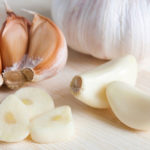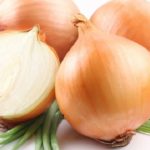Garlic, an indispensable spice in the kitchen, is not just an ingredient with a unique flavor but also a magical ingredient that eliminates fishy odors and enhances the aroma of dishes. A little addition of garlic while cooking can go a long way in enhancing the flavor of stir-fries, grilled dishes, soups, and pickled foods. However, choosing high-quality garlic is not an easy task. In the vegetable market, we often come across two types of garlic: white-skinned garlic and purple-skinned garlic. But which one is better? White garlic or purple garlic?
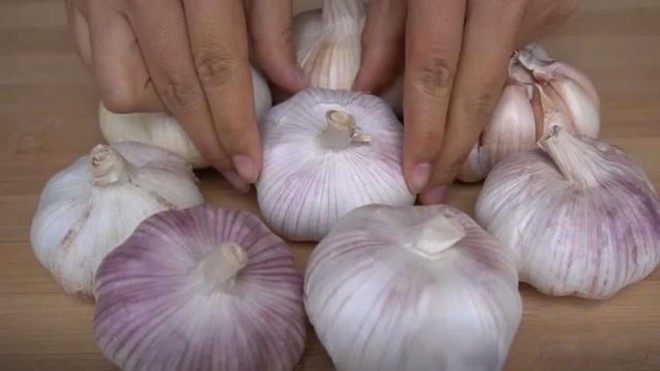
Many people believe that garlic with a bright, white, and large skin is of better quality. However, this notion is incorrect. An experienced garlic farmer revealed that the nutritional value of white-skinned garlic is lower compared to garlic with a skin that is slightly purple or completely purple. Purple-skinned garlic has a higher allicin content, making it more nutritious, flavorful, and effective in killing bacteria.
White garlic cloves tend to have a higher water content. When comparing the taste of white garlic and purple garlic, you will notice that white garlic is crisp but less spicy than purple garlic. White garlic is more suitable for raw consumption, such as in salads or dipping sauces.
The garlic farmer also shared some tips on choosing the best garlic cloves. Let’s take a look!
1. Inspect the Top Joint:
To assess the quality of garlic cloves, examine the connecting point at the top of the clove. After harvesting, the garlic stem is cut off, leaving a short segment attached to the clove. Cut off this segment with a knife and observe the opening at the stem end. If you see multiple layers of skin without any gaps, it indicates that the garlic was harvested prematurely and is not fully mature. Garlic with thicker layers of skin tends to have a less desirable flavor when cooked. Therefore, you can determine whether the garlic is mature or immature by observing the number of skin layers surrounding the stem.
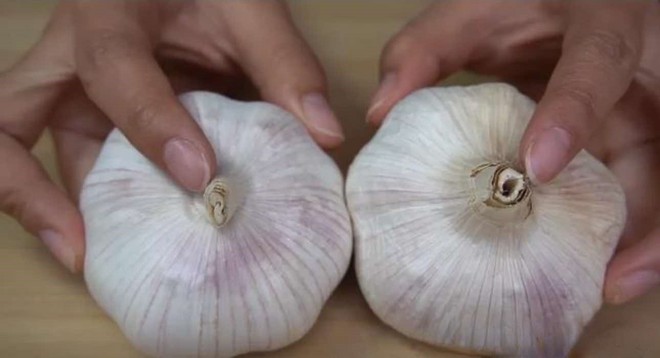
2. Observe the Roots:
When selecting garlic, pay attention to the roots as well. Typically, some garlic cloves have roots while others do not. High-quality garlic will retain a portion of the roots after harvesting to maintain moisture in the clove. If the roots are cut off excessively, the garlic will lose moisture quickly, making it challenging to store, and it may become shriveled and soft. Garlic with roots retains its moisture and nutrients better, making it easier to store after purchasing.
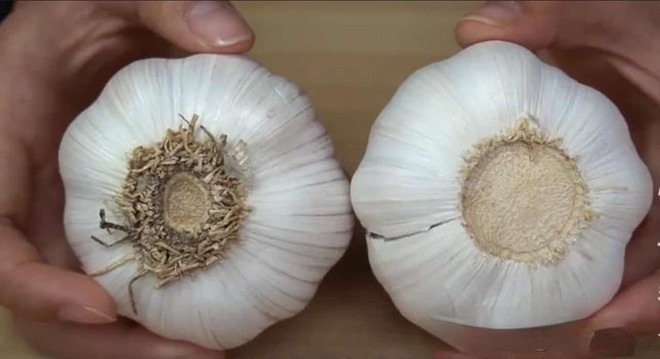
3. Examine the Skin:
Contrary to popular belief, garlic with white skin is not necessarily of better quality. High-quality garlic skin should be white with a hint of purple or completely purple. This type of garlic contains more allicin, has a richer flavor, and is more effective in killing bacteria. Garlic with this skin color is relatively high in quality, has a distinct garlic aroma, and is quite nutritious.
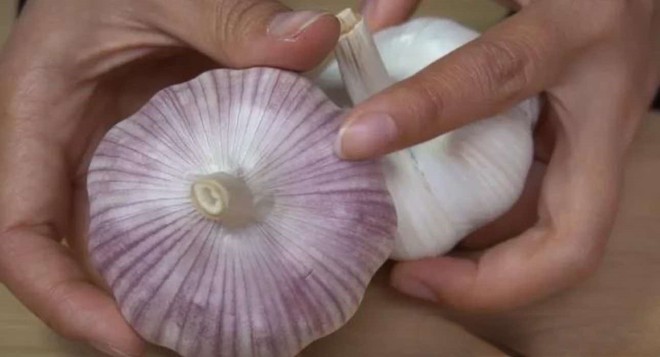
4. Squeeze Gently:
When choosing garlic, gently squeeze the cloves to assess their freshness. Fresh garlic will feel firm when squeezed, while older garlic will feel softer and may appear slightly deformed. If you notice a significant softness when squeezing the clove, it indicates that the garlic was harvested a long time ago, and it has lost moisture and nutrients, resulting in a poor taste and possible internal decay. Avoid purchasing such garlic.
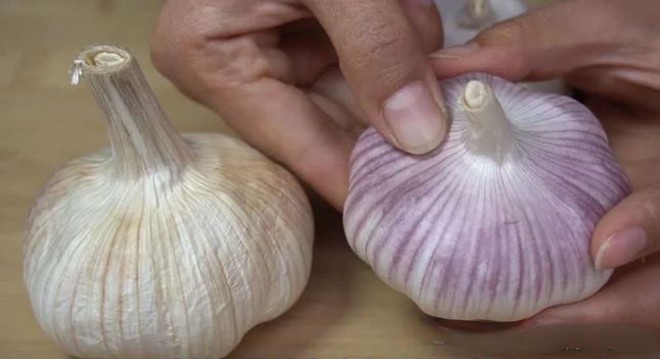
5. Check for Integrity:
Fresh garlic cloves will have a complete and intact shape. If you notice cracks, black spots, or indentations on the cloves, it indicates that they have started to deteriorate. Choose garlic cloves with intact and undamaged skin, as it signifies that they have retained their freshness and nutritional value.
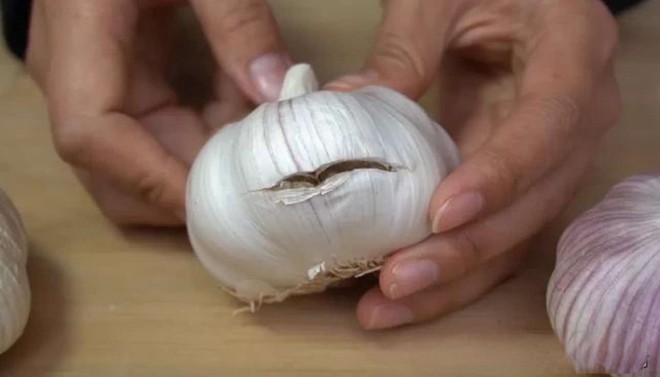
6. Look for Sprouts:
Avoid purchasing garlic that is about to sprout. Although sprouted garlic is still edible, it tends to be drier, and its texture and flavor are not as good as non-sprouted garlic. Moreover, sprouted garlic indicates that it was harvested a long time ago, and it will be challenging to store it for an extended period.
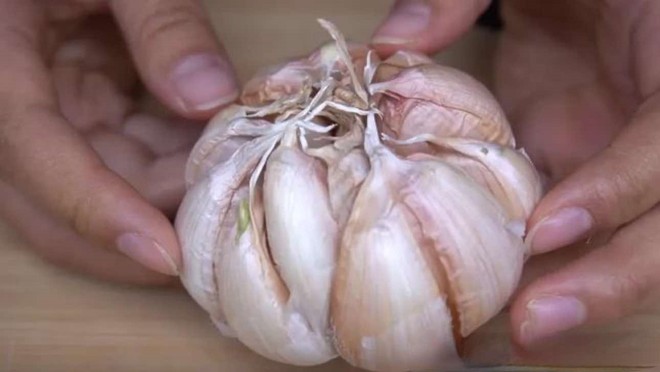
How to Effectively Treat Fishbone Issues at Home
Everyone loves feasting on the deliciousness of fish during the holidays. But, unfortunately, choking on fish bones is an unavoidable issue that may lead to devastating consequences if left unattended for a prolonged period. Let’s see how Dien May Xanh can help us out when fish bones get stuck in our throat.
Exploring Natural Foods for Allergy Relief
Dealing with allergies can be difficult and uncomfortable, especially for young children. Allergens such as pollen, cosmetics, and insects can cause serious issues for those affected. However, knowledge of the symptoms and taking the necessary precautions can help alleviate the troublesome effects of allergies, like itching, sneezing, and irritation.


























